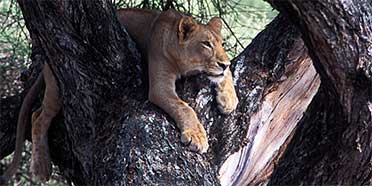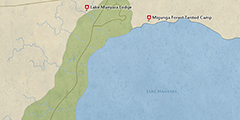
Safari Tours to Lake Manyara NP
-
![5-Day Living Among Lions - Mid-Range]()
5-Day Living Among Lions - Mid-Range
$2,220 to $3,510 pp (USD)
Tanzania: Private tour
Mid-range Lodge & Tented CampYou Visit: Arusha (Start), Lake Manyara NP, Serengeti NP, Ngorongoro Crater, Arusha (End)

Soul of Tanzania
5.0/5 – 503 Reviews
-
![11-Day Tanzania Safari with Zanzibar Beach Break]()
11-Day Tanzania Safari with Zanzibar Beach Break
$9,199 to $12,299 pp (USD)
Tanzania: Private tour
Mid-range Lodge & Tented CampYou Visit: Arusha (Start), Tarangire NP, Lake Manyara NP, Ngorongoro Crater, Serengeti NP, Zanzibar (End)

Wayfairer Travel
4.8/5 – 185 Reviews
-
![5-Day Tanzania Safari a Perfect Blend of Camping&Lodge]()
5-Day Tanzania Safari a Perfect Blend of Camping&Lodge
$1,450 pp (USD)
Tanzania: Shared tour (max 7 people per vehicle)
Mid-range Camping & LodgeYou Visit: Arusha (Start), Tarangire NP, Serengeti NP, Ngorongoro Crater, Lake Manyara NP, Arusha (End)

Kilipath African Safari
4.9/5 – 137 Reviews

 Tanzania Parks
Tanzania Parks











